.jpg)
.jpg)
.jpg)
.jpg)

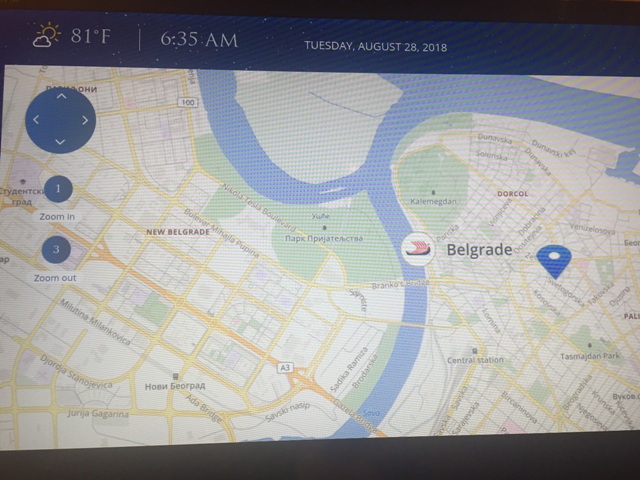
Belgrade, the capital of Serbia. Belgrade is has been a ping pong ball throughout history. Thanks to its unusual position at the crossroads of civilization, conquerors coming from every direction have passed through. As the chart shows, Belgrade has been dominated by many rulers.
It was conquered by the Romans during the reign of Augustus, and awarded city rights in the mid-2nd century.
It was settled by the Slavs in the 520s, and changed hands several times between the Byzantine Empire, Frankish Empire, Bulgarian Empire and Kingdom of Hungary before it became the capital of Serbian king Stephen Dragutin (1282–1316).
In 1521, Belgrade was conquered by the Ottoman Empire and became the seat of the Sanjak of Smederevo. It frequently passed from Ottoman to Habsburg rule, which saw the destruction of most of the city during the Austro-Ottoman wars.
Belgrade was again named the capital of Serbia in 1841. Due to its strategic location, the city was battled over in 115 wars and razed 44 times. Belgrade was the capital of Yugoslavia from its creation in 1918, to its final dissolution in 2006.

Church of Saint Sava
It is one of the largest Orthodox churches in the world and ranks among the largest church buildings in the world. The church is dedicated to Saint Sava, the founder of the Serbian Orthodox Church and an important figure in medieval Serbia. It is built on the Vračar plateau, on the location where his remains were burned in 1595 by Ottoman Grand Vizier Sinan Pasha. From its location, it dominates Belgrade's cityscape, and is perhaps the most monumental building in the city.
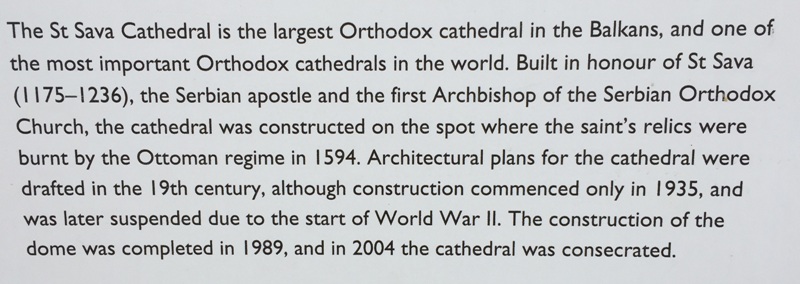

Sharon as we are getting ready to enter

The greatest achievement of the construction process was lifting of the 4,000 ton central dome, which was built on the ground, together with the copper plate and the cross, and later lifted onto the walls. The lifting, which took forty days with the especially constructed hydraulic machines, was finished on 26 June 1989.



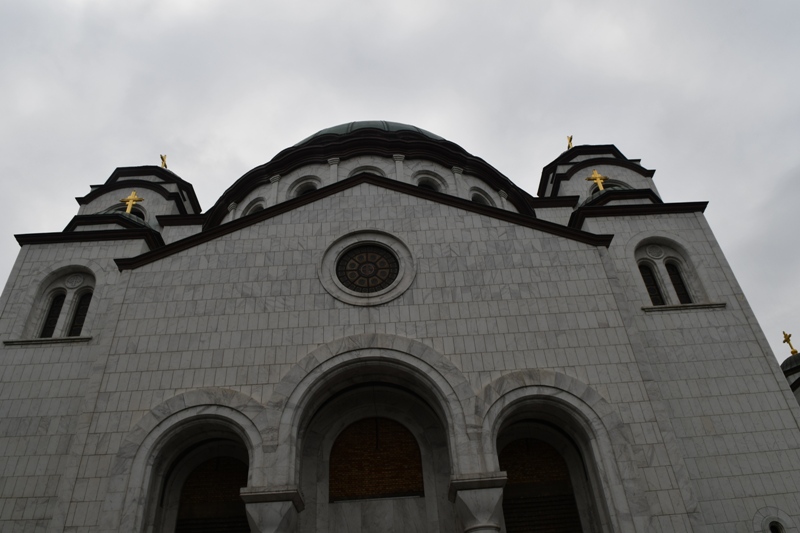

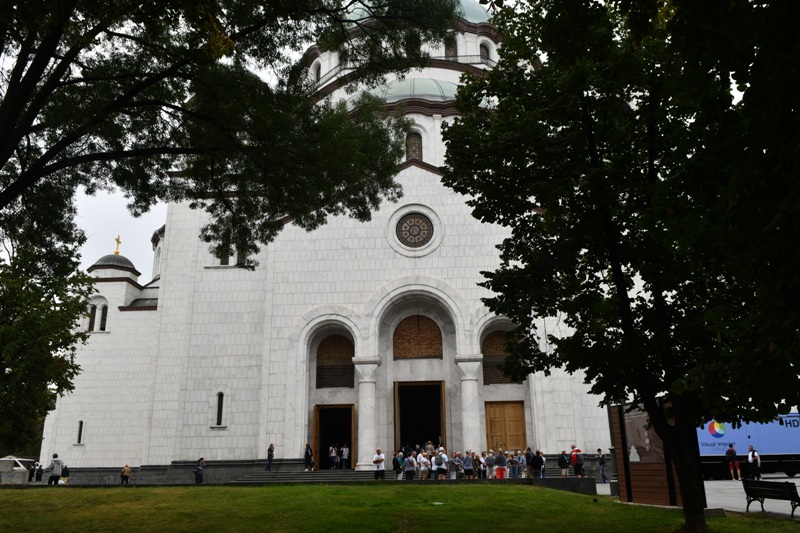
On 22 February 2018, during the presentation of the new internal decoration, the decorated cupola was donated to the Serbian Orthodox Church.


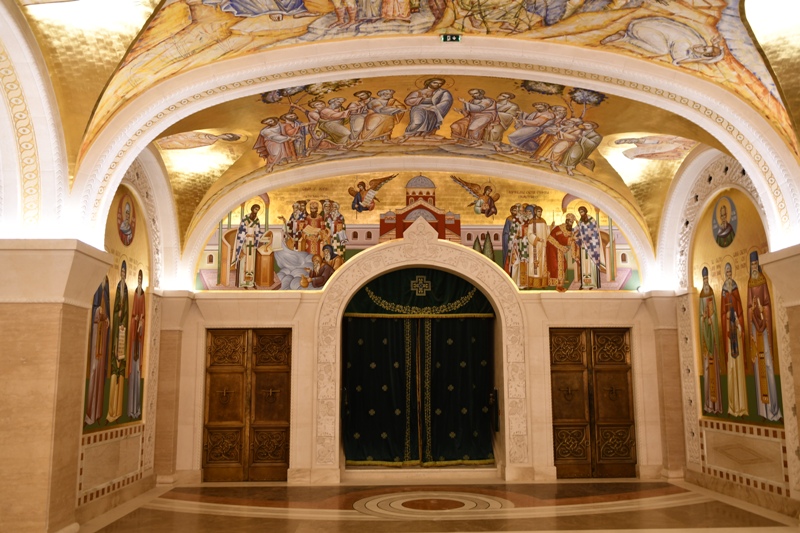
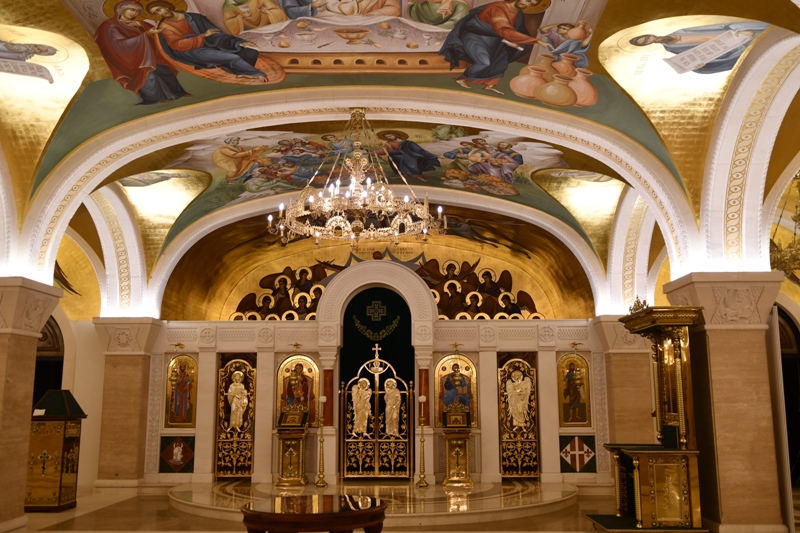


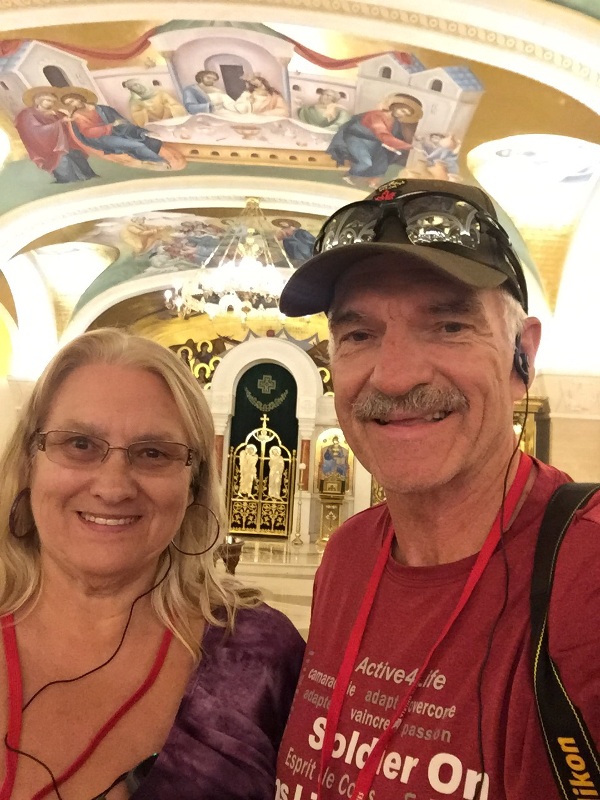

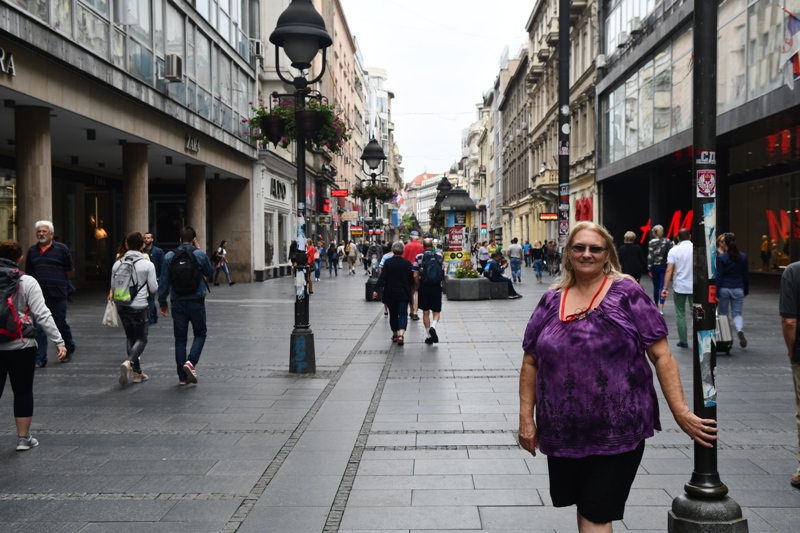
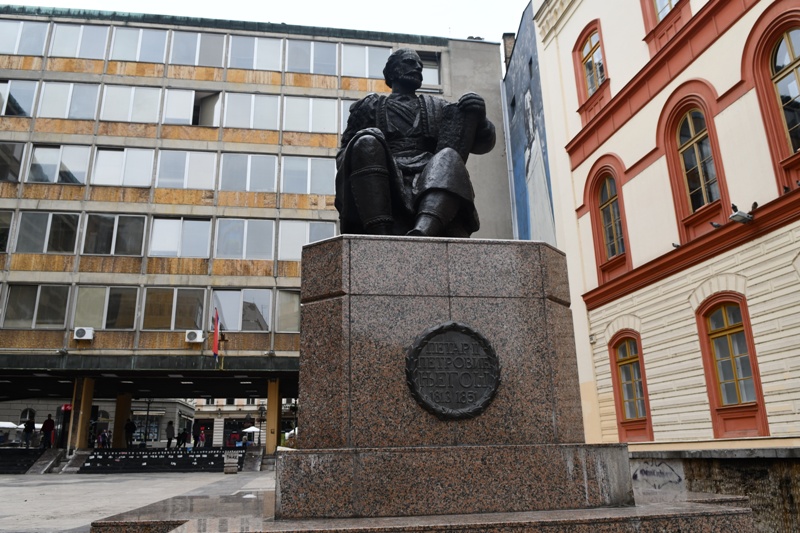
Our tour guide, the one holding the "Red Lollipop", communicates with us through a type of receiver that we wear around our neck and we have ear phones. We cans tray away and still hear what he/she is saying.
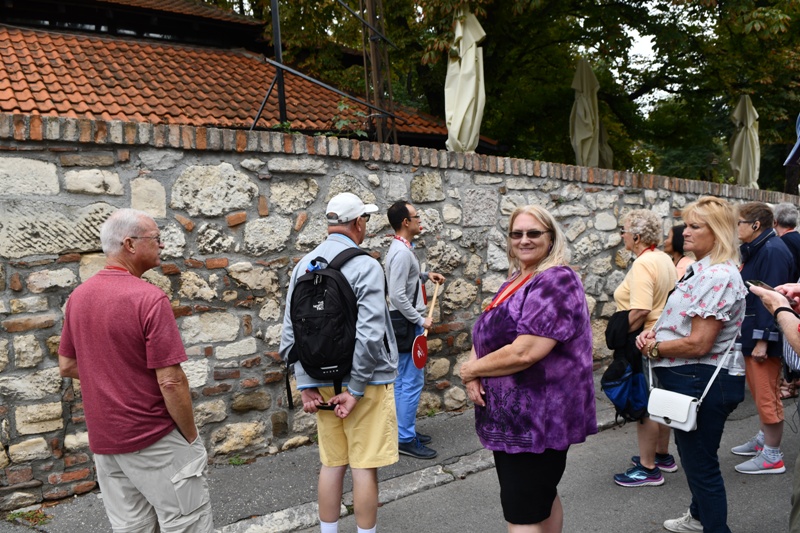
Belgrade Fortress history: The strategically convenient location of the ridge at the confluence of the Sava and the Danube, which dominates the surroundings and enables control over the plain from its north and west side, had been inhabited since prehistoric times. Based on the archaeological findings at the Upper Town’s plateau of the Belgrade Fortress, the first settlement originates during the Neolithic period.

Here is an interactive map of the whole fort click here
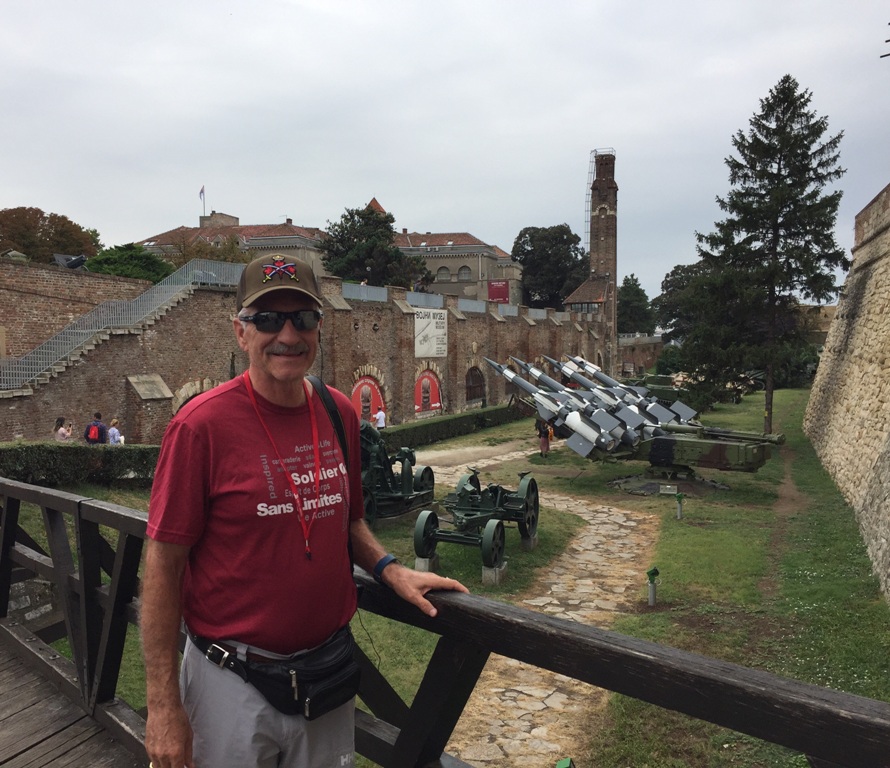
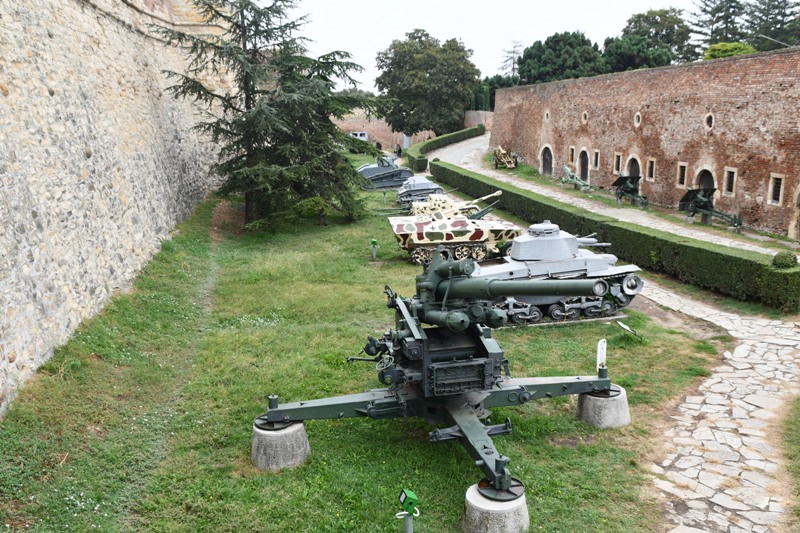

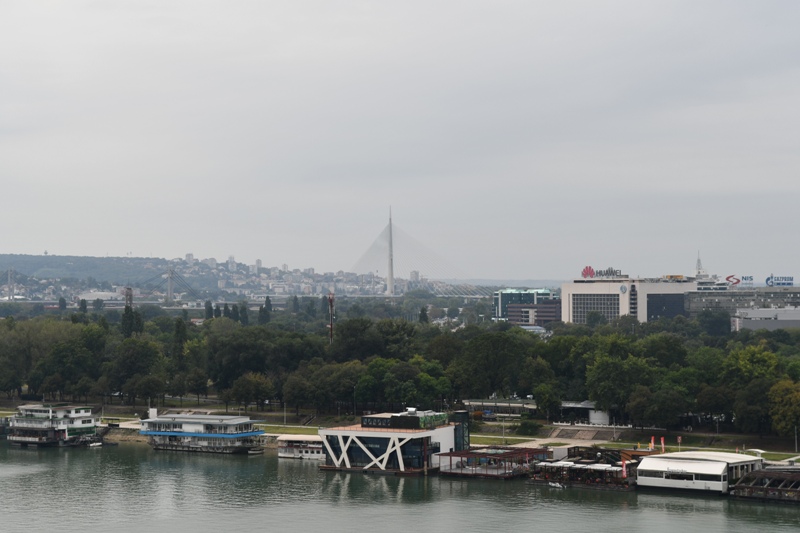
Sharon is sitting at the top of the Fortress. Great view from this location. Behind her is the Victor is a monument in the Upper Town of the Belgrade Fortress, built to commemorate Serbia's victory over Ottoman and Austro-Hungarian Empire during the Balkan Wars and the First World War. Erected in 1928, and standing at 14 meters (46 ft) high, it is one of the most famous works of Ivan Meštrović. It is a standing bronze male figure with a falcon in the left hand and a sword in the right, modeled by the sculptor Ivan Meštrović, set on a pedestal in the form of a Doric column on a tall cubic base, designed by the architect Petar Bajalović. The statue looks forward across the confluence of the Sava and the Danube, and over the vast Pannonian plain, towards the very distant Fruška Gora mountain (until 1918 a domain of Austro-Hungarian empire), it is probably the most powerful, most popular visual symbol of Belgrade.


There were four ships tied up on the dock in Belgrade. One of the ships was an Emerald Cruise line and we were talking to a couple from Montreal. Their cruise was only 1/2 full given the low water levels. They have a pool on their ship but they could not fill it as that would have only added weight to the overall ship. The couple were not happy. It was not a good cruise for them.




These night clubs were ships that were on the water...a la Amsterdam.
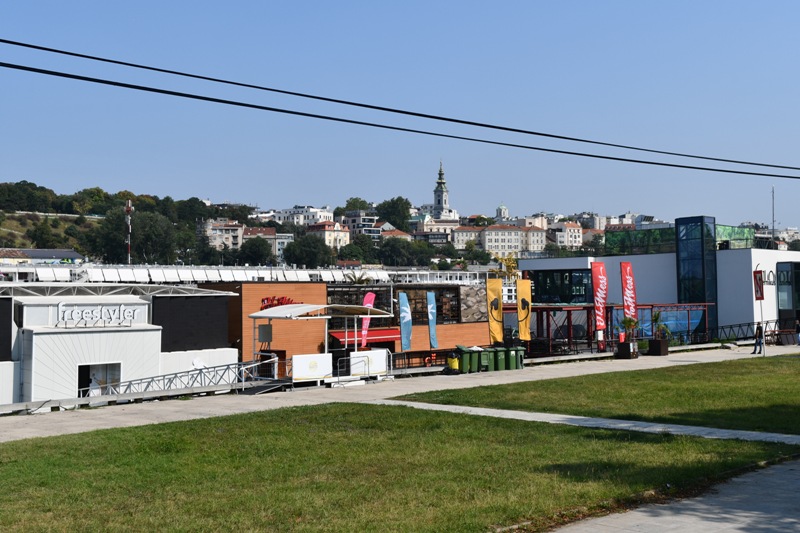

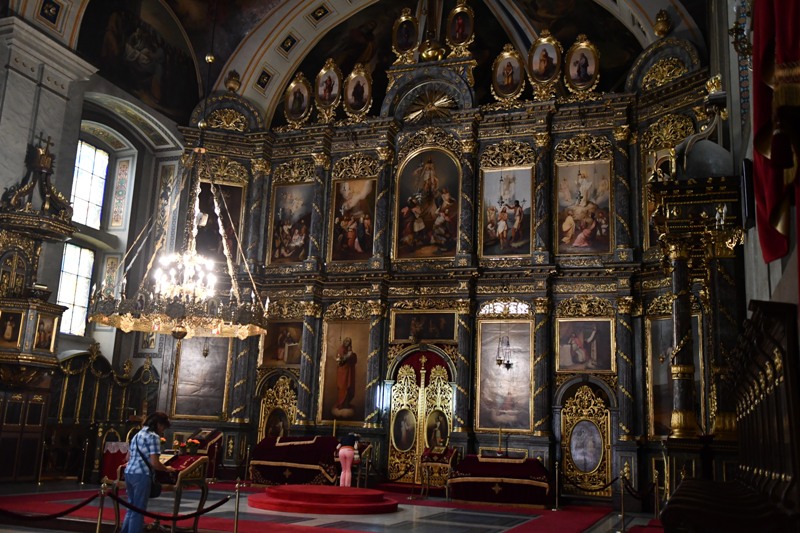




I went for a walk alone and saw a market. Love looking at their vegetables and fruits. Always so colorful.
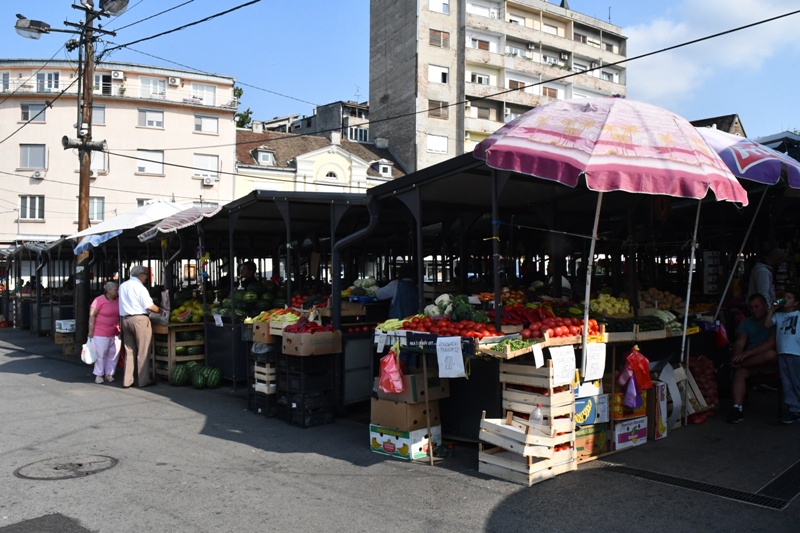
This is a long staircase to the ship that is docked. There is a story on how I got here though. I went on the other side of the water to get a better picture of the fortress and on my return decided to take a longer walk to see more of the city. Well, I got lost. Lucky for me, I had a map and asked (yes asked) someone where I was. The gentleman pointed, I orientated the map and began walking in the direction that I had just come. Grrrr.

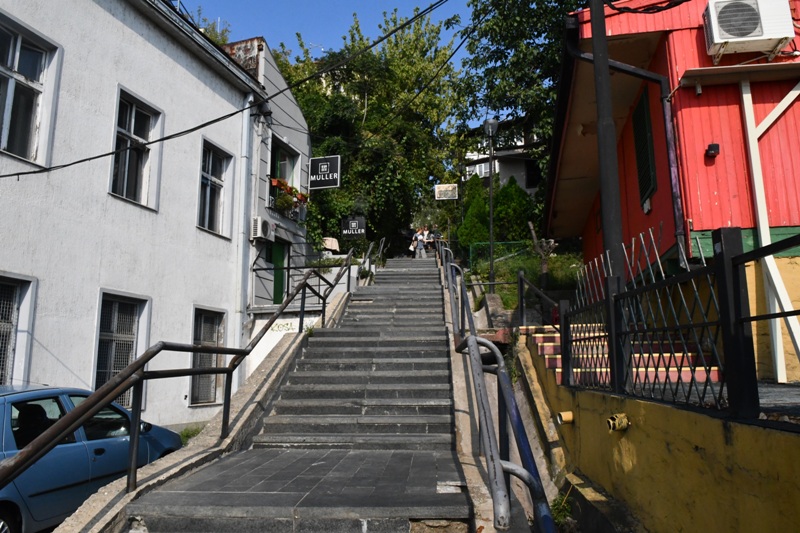
Now for the entertainment. Our program director (Leonard) invited some local entertainment on board to give us a flavor of the culture of Belgrade


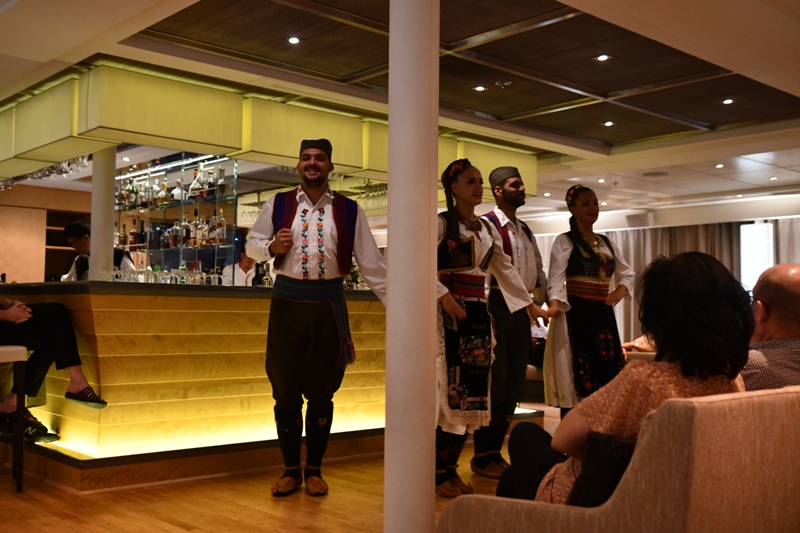


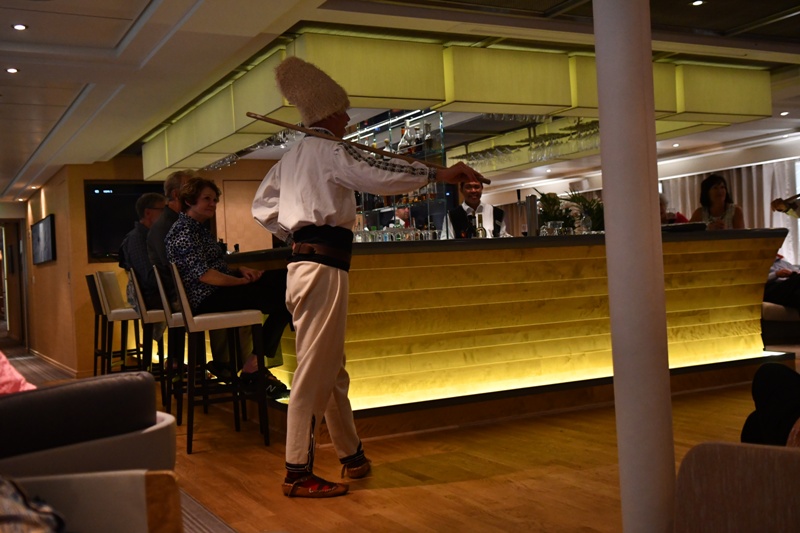
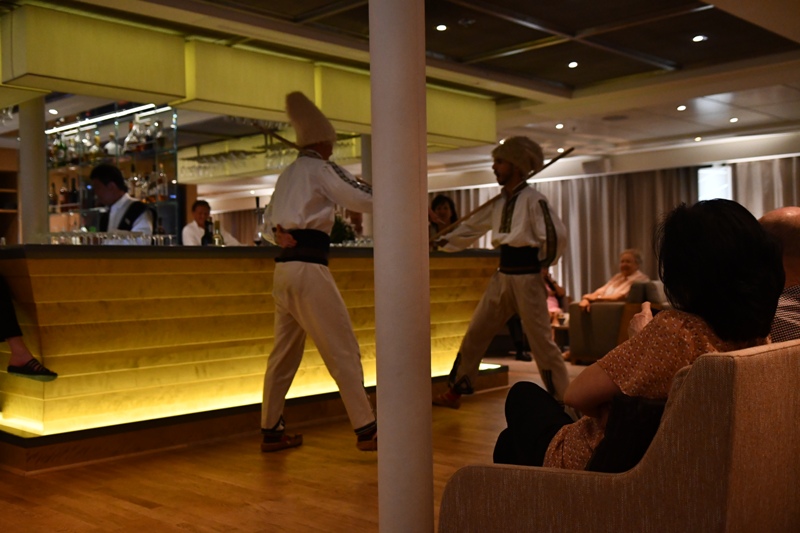
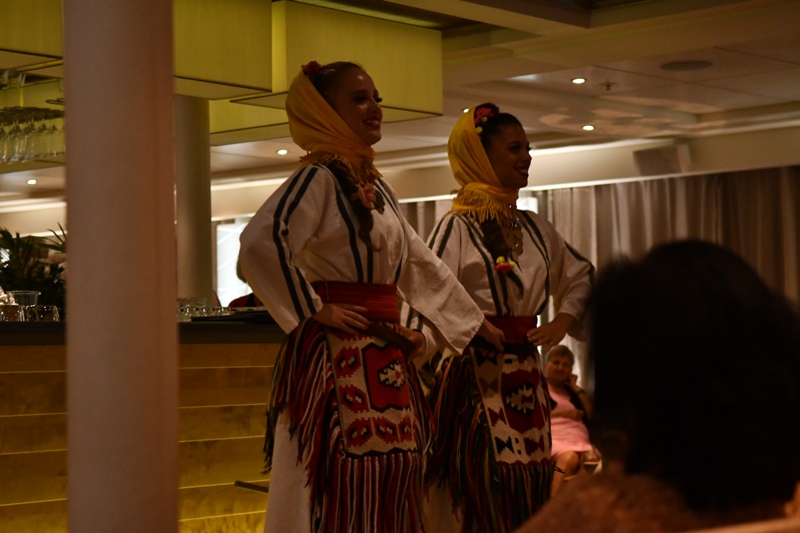
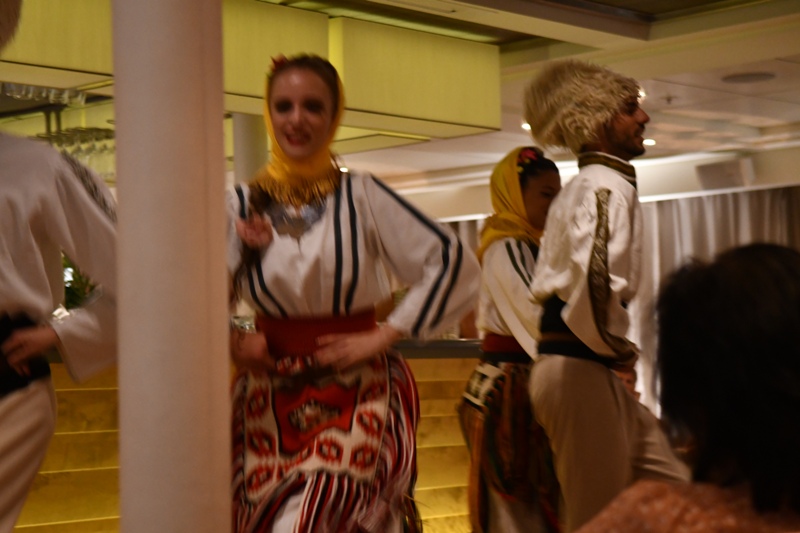
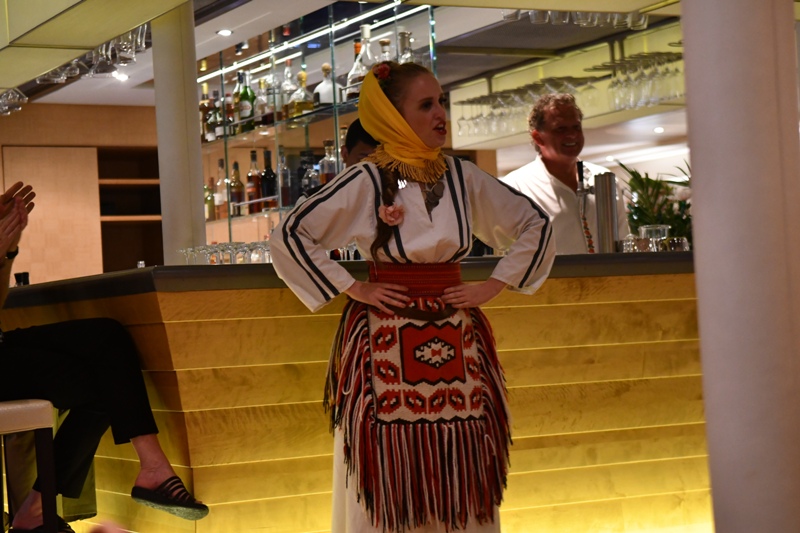

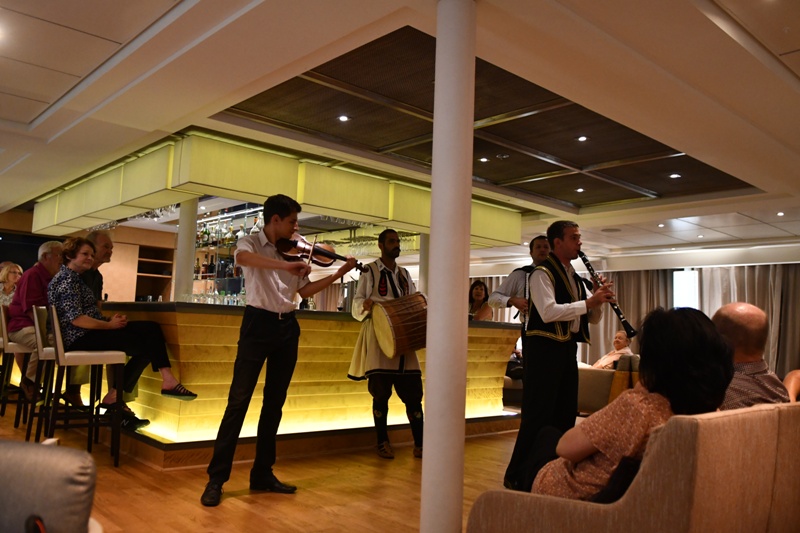

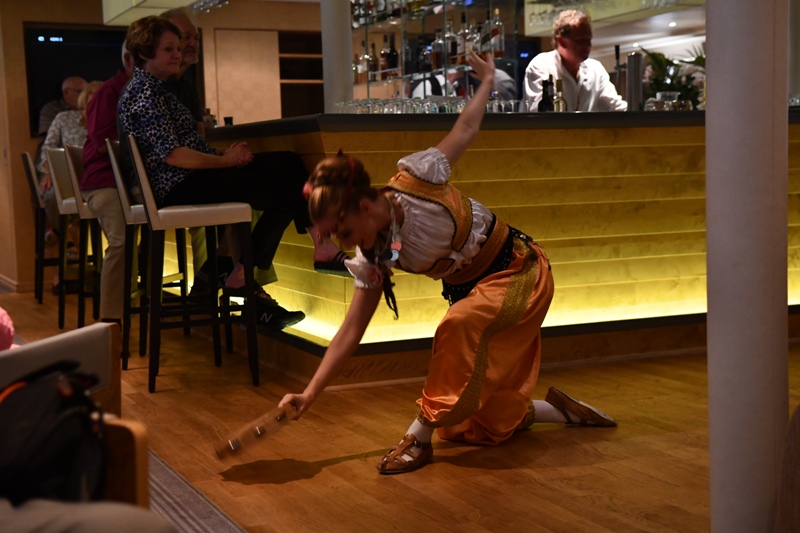
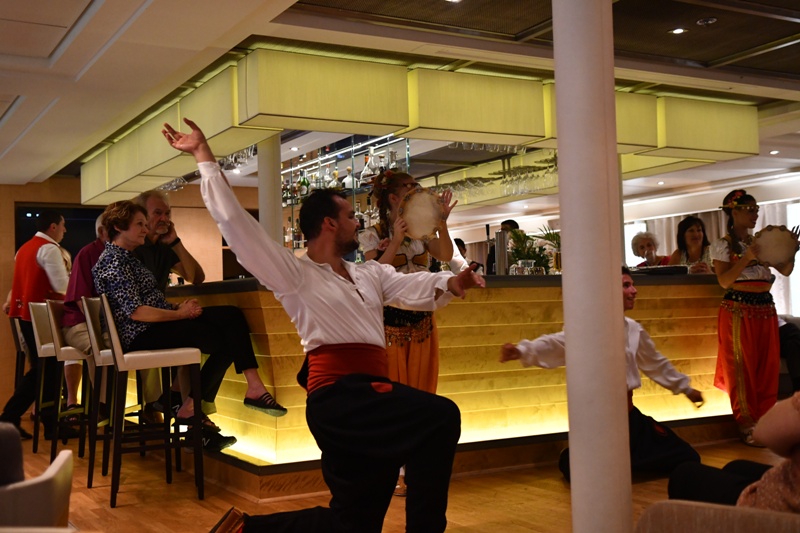



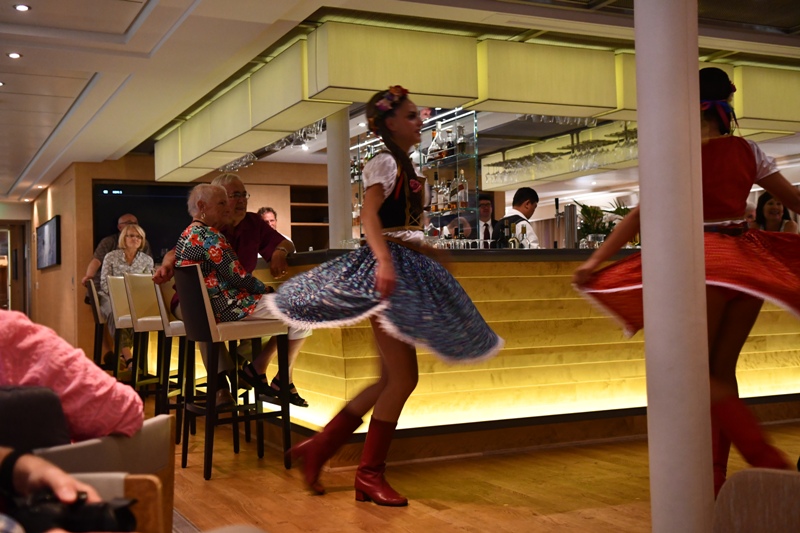
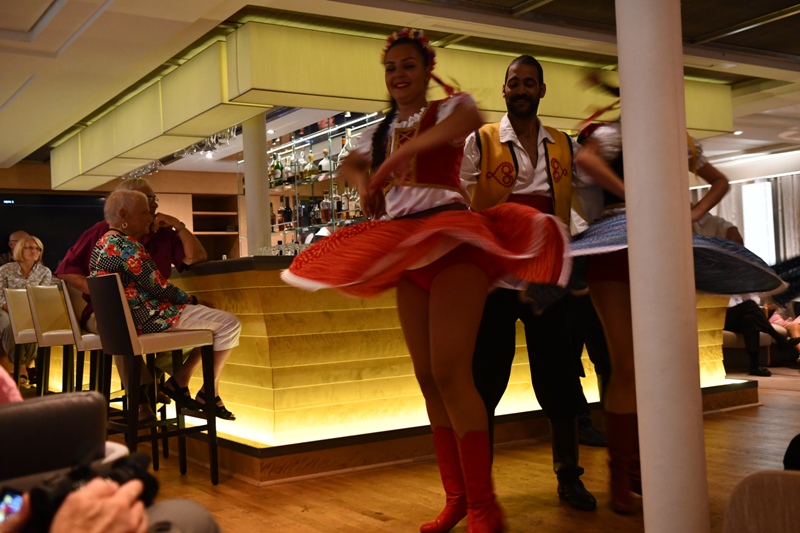


Back to Passage to Eastern Europe click here
.jpg)
.jpg)
.jpg)
.jpg)
.jpg)









